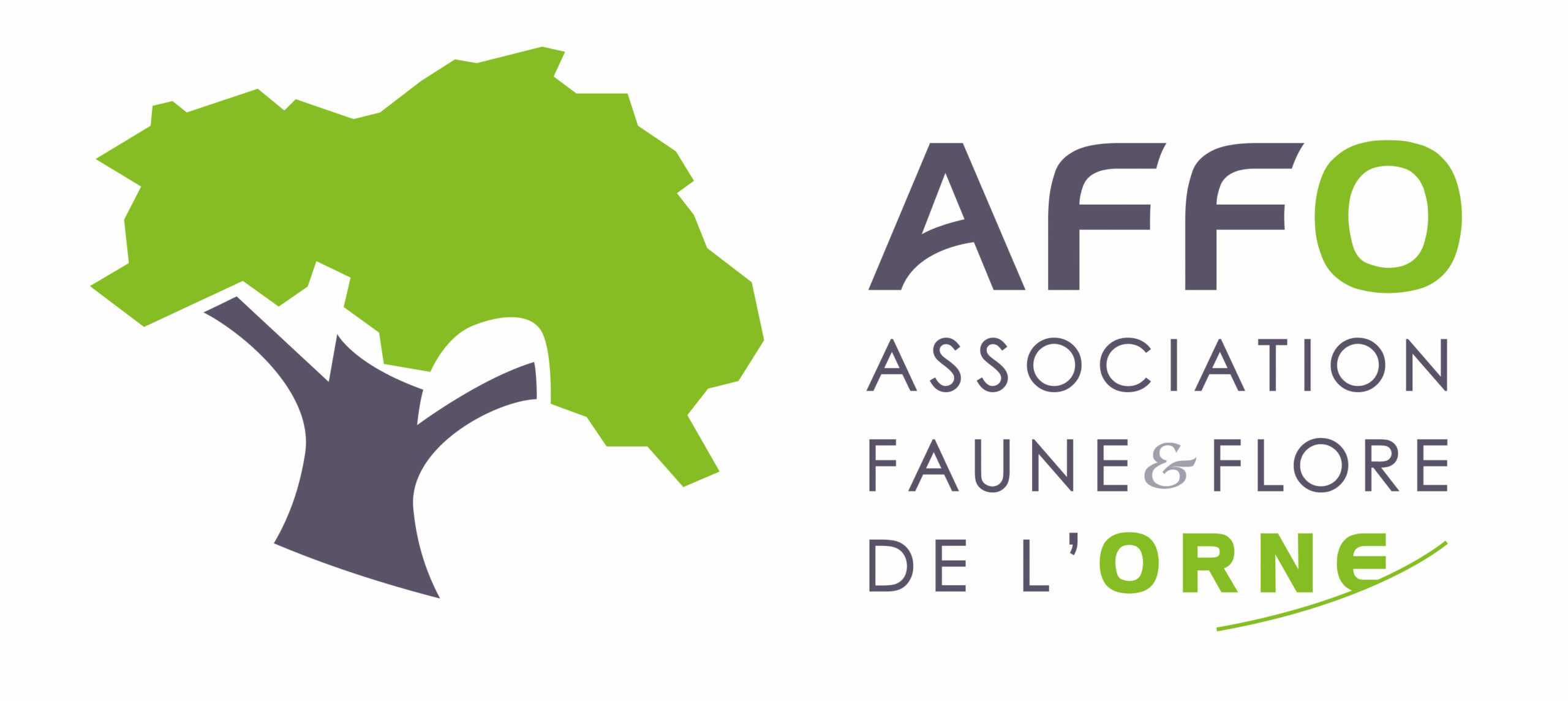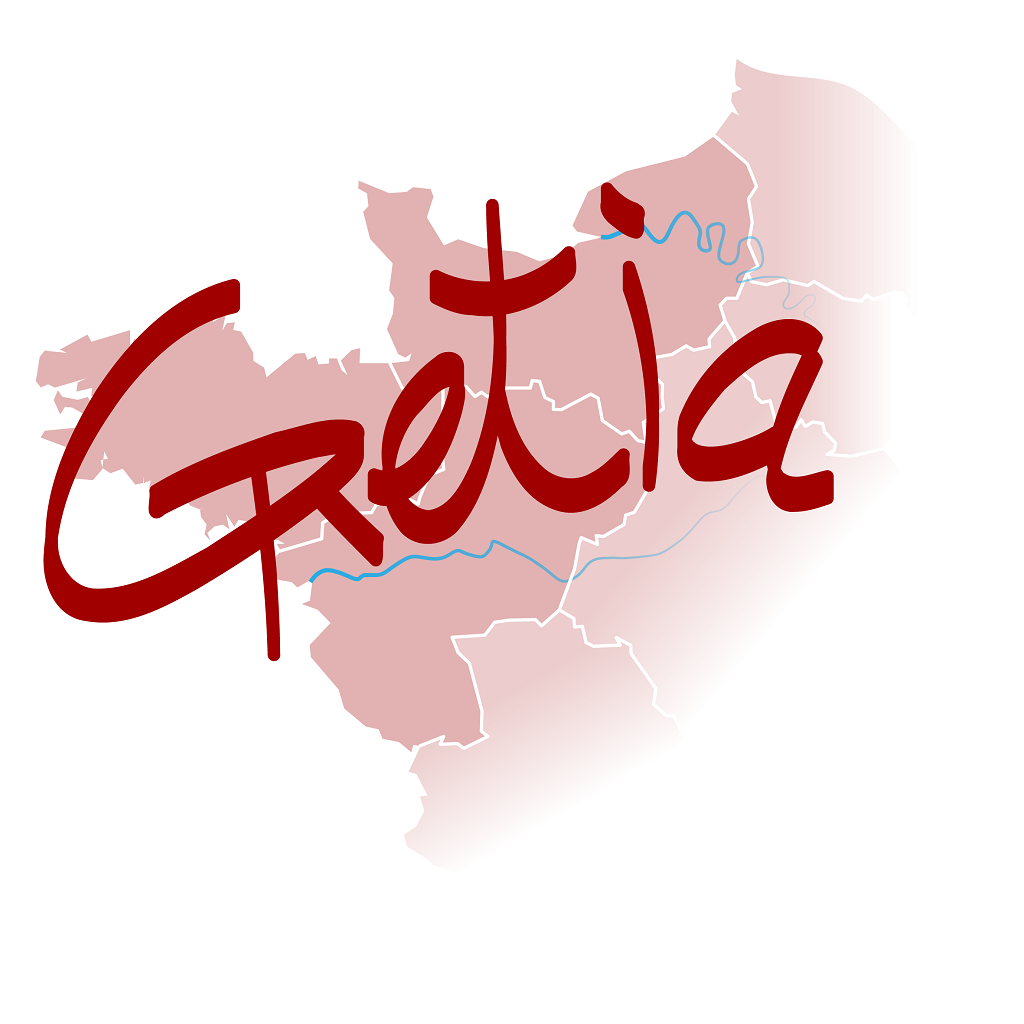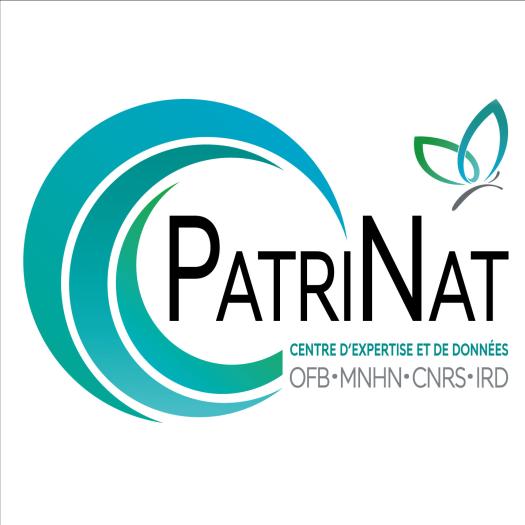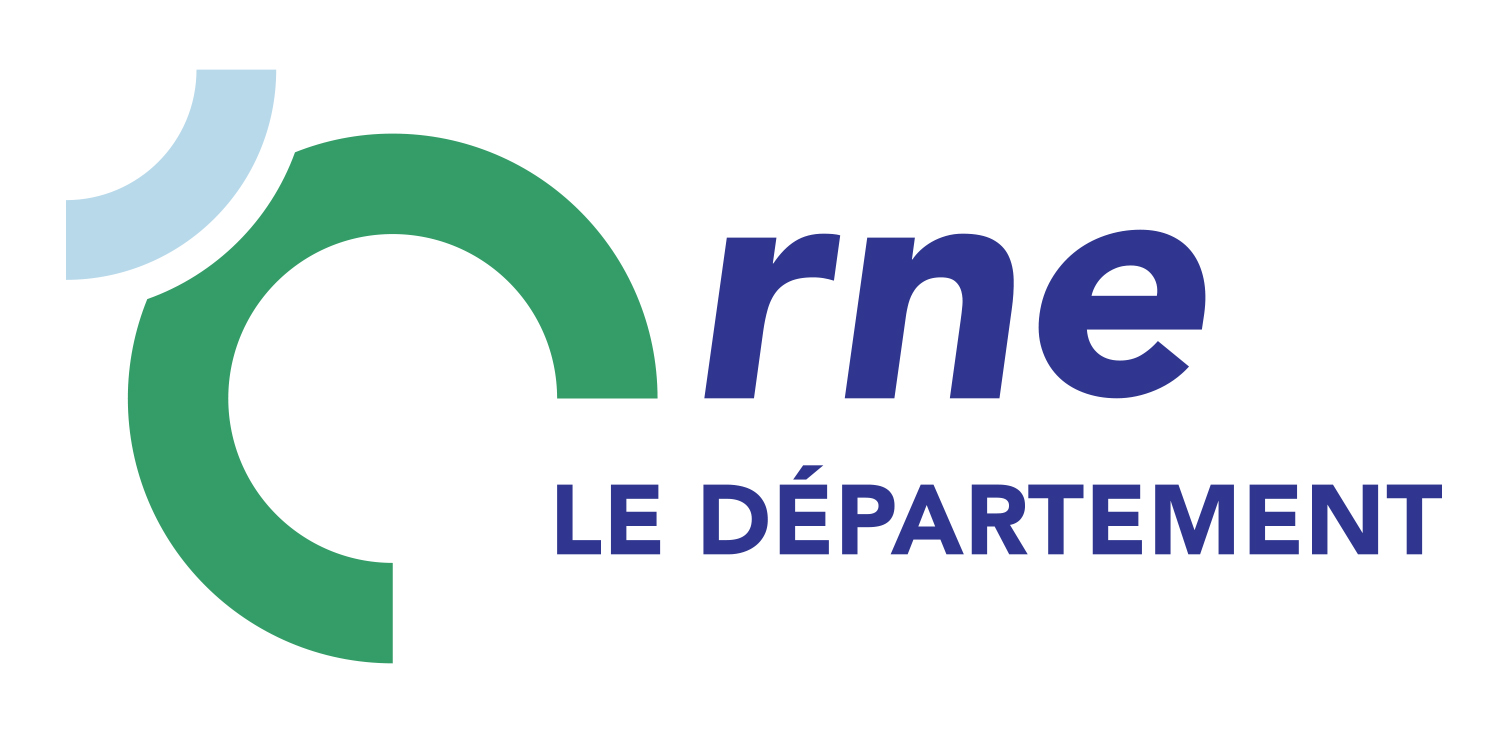Où cette espèce a-t-elle été observée ?
 Attention : cette espèce peut être présente où il n’y a pas de maille, mais à ce jour elle n’y a pas encore été observée.
Attention : cette espèce peut être présente où il n’y a pas de maille, mais à ce jour elle n’y a pas encore été observée.
- 446 observations
-
81
communes -
92
observateurs
17
organismes -
Première observation
1900 -
Dernière observation
2025
Appenai-sous-Bellême - Arcisses - Argenvilliers - Authon-du-Perche - Bazoches-sur-Hoëne - Beaumont-les-Autels - Belforêt-en-Perche - Belhomert-Guéhouville - Bellême - Bizou - Bretoncelles - Ceton - Champrond-en-Gâtine - Chapelle-Guillaume - Charbonnières - Chassant - Combres - Corbon - Coulimer - Courgeoût - Cour-Maugis sur Huisne - Digny - Feings - Fontaine-Simon - Frazé - Irai - La Bazoche-Gouet - La Chapelle-Montligeon - La Ferté-Vidame - La Framboisière - La Loupe - Lamblore - La Mesnière - La Puisaye - La Saucelle - Le Mage - Les Autels-Villevillon - Les Ressuintes - Longny les Villages - Louvilliers-lès-Perche - Luigny - Manou - Meaucé - Miermaigne - Montgaudry - Montireau - Montlandon - Mortagne-au-Perche - Moulhard - Moutiers-au-Perche - Nogent-le-Rotrou - Nonvilliers-Grandhoux - Perche en Nocé - Pervenchères - Rémalard en Perche - Sablons sur Huisne - Saint-Aquilin-de-Corbion - Saint-Denis-sur-Huisne - Sainte-Céronne-lès-Mortagne - Saint-Éliph - Saint-Germain-de-la-Coudre - Saint-Germain-de-Martigny - Saint-Germain-des-Grois - Saint-Hilaire-le-Châtel - Saint-Hilaire-sur-Erre - Saintigny - Saint-Jouin-de-Blavou - Saint-Mard-de-Réno - Saint-Martin-des-Pézerits - Saint-Martin-du-Vieux-Bellême - Saint-Ouen-de-Sécherouvre - Saint-Pierre-la-Bruyère - Saint-Quentin-de-Blavou - Saint-Victor-de-Buthon - Senonches - Soligny-la-Trappe - Souancé-au-Perche - Tourouvre au Perche - Val-au-Perche - Verrières - Vichères
-
PNR du Perche
Participation à 280 Observations
Part d'aide à la prospection : 62.78 %
Fiche organisme
-
DREAL Centre-Val de Loire
Participation à 140 Observations
Part d'aide à la prospection : 31.39 %
Fiche organisme
-
France Nature Environnement Centre-Val de Loir
Participation à 35 Observations
Part d'aide à la prospection : 7.85 %
Fiche organisme
-
Association Faune & Flore de l'Orne (AFFO)
Participation à 26 Observations
Part d'aide à la prospection : 5.83 %
Fiche organisme
-
Société Française d'Odonatologie
Participation à 23 Observations
Part d'aide à la prospection : 5.16 %
Fiche organisme
-
Office pour les insectes et leur environnement (OPIE)
Participation à 23 Observations
Part d'aide à la prospection : 5.16 %
Fiche organisme
-
PNR et géoparc mondial UNESCO Normandie-Maine
Participation à 23 Observations
Part d'aide à la prospection : 5.16 %
Fiche organisme
-
GRoupe d'ETude des Invertébrés Armoricains (GRETIA)
Participation à 19 Observations
Part d'aide à la prospection : 4.26 %
Fiche organisme
-
Conservatoire d'espaces naturels du Centre-Val de Loire (CEN CVL)
Participation à 17 Observations
Part d'aide à la prospection : 3.81 %
Fiche organisme
-
UMS PatriNat (OFB-CNRS-MNHN)
Participation à 14 Observations
Part d'aide à la prospection : 3.14 %
Fiche organisme
-
Eure-et-Loir Nature
Participation à 7 Observations
Part d'aide à la prospection : 1.57 %
Fiche organisme
-
Ministère de la Transition écologique et de la Cohésion des territoires
Participation à 1 Observation
Part d'aide à la prospection : 0.22 %
Fiche organisme
-
Système mondial d’information sur la biodiversité (GBIF)
Participation à 1 Observation
Part d'aide à la prospection : 0.22 %
Fiche organisme
-
Conseil départemental de l'Orne (bureau ENS)
Participation à 1 Observation
Part d'aide à la prospection : 0.22 %
Fiche organisme
-
Le Monde des Insectes (insectes.org)
Participation à 1 Observation
Part d'aide à la prospection : 0.22 %
Fiche organisme
Informations espèce
Répartition actuelle en France métropolitaine
© INPN - Avertissement : les données visualisables reflètent l'état d'avancement des connaissances et/ou la disponibilité des données existantes au niveau national : elles ne peuvent en aucun cas être considérées comme exhaustives.
Répartition actuelle dans le monde
Avertissement : les données visualisables reflètent l'état d'avancement des connaissances et/ou la disponibilité des données existantes au niveau mondial : elles ne peuvent en aucun cas être considérées comme exhaustives.
















